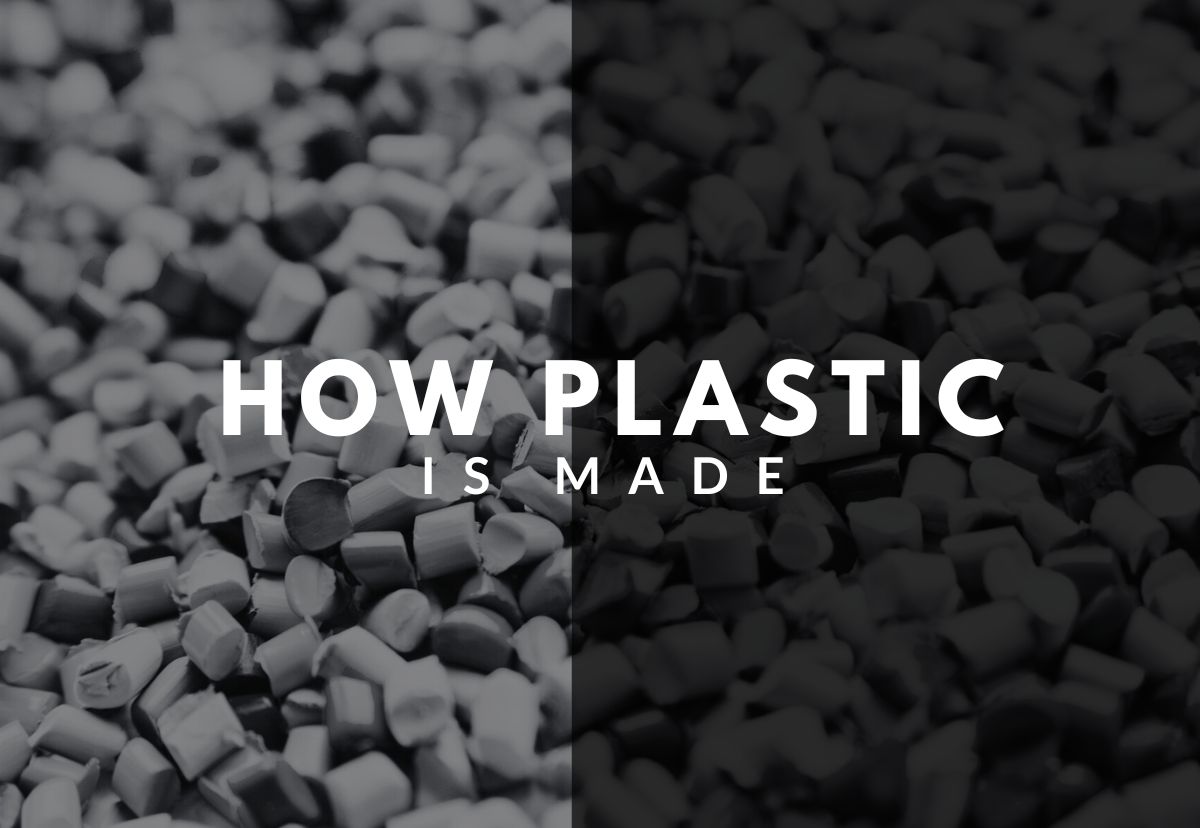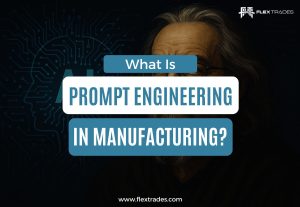How It’s Made – Plastic
Plastic has been around for much longer than most of us know. In its earliest form (some say as early as 1600 B.C.), plastic was produced by Mesoamericans who harvested latex from the Panama Rubber Tree and processed it with liquid from the Morning Glory Vine. However, the production of plastic (as we now know it) started many years later when Polyvinyl Chloride (PVC) was invented during the 1930s. Since then, there have been other types of plastic discovered and invented with each having its own strengths and weaknesses, which ultimately determine the end use.
So, how is it made?
Step 1: Raw Material Extractions
Crude oil and natural gas are extracted (drilled) from the ground then transported to a refinery.
Step 2: Refining
During the refining process, these natural materials are turned into multiple products including ethane and propane (which are the foundation of plastics). The refining process is very similar to how gasoline is made. With the assistance of a high-temperature furnaces, as well as pressure, ethane and propane are broken down into smaller molecules creating ethylene and propylene.
Step 3: Polymerization
In this stage, catalysts (a.k.a. chemicals) are added into the process and bond individual molecules into a polymer. When heated, polymers are incredibly moldable, making them great for plastic products. There are two ways in which this polymerization process can occur, and each way makes its own polymer (or resin), and each resin has its own set of pros and cons (which ultimately determines the end product it’s used in). You can find resin types in the Resin Identification Codes (RICs) on plastic products. Resins include Polyethylene Terephthalate (PET), High-Density Polyethylene (HDPE), Polyvinyl Chloride (PVC) and Polystyrene (PS) among others. PET is the most commonly used plastic in the world.
Step 4: Nurdle Making
You read that right… now it’s on to nurdle making! Nurdles are little plastic pellets made from the resins created in the polymerization process. The process to do so is through melting and cooling operations. Once these lentil-sized pellets are produced, they are shipped from a petrochemical refining facility to manufacturing facilities where they are melted down and formed into a final product.
Step 5: Plastic Forming & Fabrication
Manufacturers compound, mix, and melt the plastic pellets with other ingredients to very specific recipes. When followed, these recipes determine the characteristics and properties of the plastic product. The melted plastic is then formed into shape by plastic forming machinery, which is determined by the application of the product.
Common Machinery Used to Form Rigid Plastic Products Includes:
- Injection Molding
- Extrusion Molding
- Blow Molding
- Compression Molding
- Thermoforming
- Rotational (Roto) Molding
- Polymer Casting
If you are a plastics manufacturing company, or someone who has worked in a plastics manufacturing facility, you likely fully understand this process. If not, check out our blog page to see what else we can help you understand better. Regardless of where you rate your plastics knowledge, keep reading because did you know that FlexTrades can help you find the right people for your company and/or the right job for yourself, too, regardless of industry? Check us out online at FlexTrades.com to learn about all that we can do for you.








